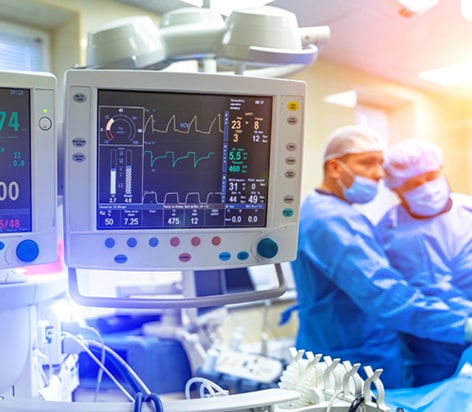
Cardiac monitoring devices are devices used to get vital information about heart disorders. Several cardiac event monitors are available, such as loop memory monitors, symptom event monitors, patch recorders, and implanted loop recorders. The recorder collects those events that do not occur every day but may cause complications if they remain undiagnosed.